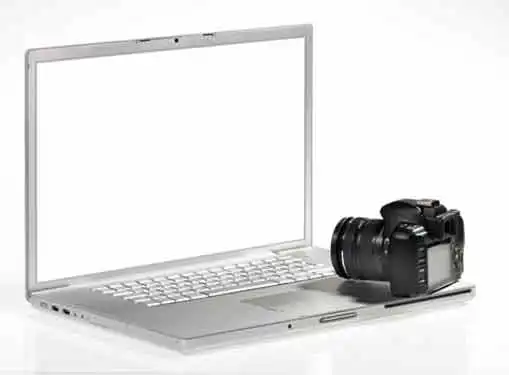Photo Software
What To Look For In Photo Editing Software
Informed purchasers know what they're looking for before they enter the market for photo editing software. Instead of flailing around blindly, equip yourself with our guide for identifying the key traits of photo editing software.
A picture is worth a thousand words, right? For a small business, a picture can be worth a lot more than that.

Graphic imaging and photo editing are rapidly becoming part and parcel of a successful business strategy. The more equipped you are to dress up your online and off-line assets with photos, the easier it is to vie for the attention of your customers.
A robust photo editing software solution is an absolute must for any business that uses photos on a consistent basis. Poorly-designed photo editing applications lack the features and capacity to produce high quality images. On the other hand, high-end designer solutions are hard to navigate and priced out of reach for the average small business.
So what should you look for in photo editing software? That depends a lot on what you expect your software to do. However, most small businesses should pay attention to the following features when shopping for a photo editing software solution.
- Features vs. usability. With photo editing software, more features almost always translate into less usability, at least for novice or inexperienced photo editors. Before you start shopping, do some serious soul-searching about the technical abilities of the people who will use the solution and the features you really need.
- Layers & masks. Masks are designed to edit a single portion of an image while layers have more adjustment features and greater flexibility. Make sure you're comfortable with the mask and/or layer elements of your solution before you make a purchase.
- Import/export. Importing and exporting capabilities are critical in a photo editing software application. Your solution has to be able to import and export photos with a variety of formats including BMP, TIF, GIF, PICT, EPS and JPEG.
- Image management. Have you given any thought to how you're going to organize images for editing? Most photo editing applications include a basic management tool, but depending on your requirements you may need one that utilizes separate databases.
- Web integration. If your photo editing software package doesn't include Web integration tools, you're dead in the water. Look for solutions that let you save images in a web format so they can be easily e-mailed to clients and customers or posted online.
- Templates. Any decent photo editing solution will also include templates that make the editing process easier for beginners. Be on the lookout for template features that are not only fun, but have everyday business applications.
Share this article
Additional Resources for Entrepreneurs


Conversation Board
We greatly appreciate any advice you can provide on this topic. Please contribute your insights on this topic so others can benefit.